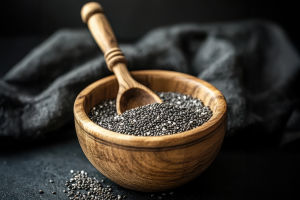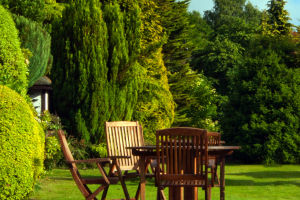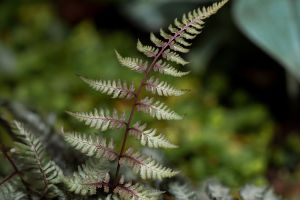If you've ever trimmed a leggy pothos or broken a stem off your ivy, you might've already had the perfect opportunity to grow a new plant—for free. Propagating plants in water is one of the easiest and most satisfying ways to multiply your greenery, especially for beginners.
No special equipment. No potting soil. Just water, light, and a little patience. Whether you're aiming to fill your shelves with fresh foliage or simply want to understand how plants reproduce, water propagation is a beginner-friendly gateway into the DIY side of plant care.
Here's a clear, no-fuss guide to getting it right from the start—plus a few mistakes to avoid.
Why Propagate in Water?
Let's start with the why. Propagating plants in water isn't just fun—it's practical.
Why it's a great choice for beginners:
1. It's low risk – You don't waste soil or pots if it doesn't take.
2. You can see the roots grow – It's not just rewarding; it's also a built-in health check.
3. It's cost-effective – One plant can turn into several without buying new ones.
Plus, some plants actually root better in water than in soil, especially if they're from tropical environments with naturally moist conditions.
1. Choose the Right Plant
Not all houseplants are great candidates for water propagation, but many common ones are. The best options are plants with soft stems and clear leaf nodes (the little bumps where leaves or roots emerge).
Beginner-friendly plants to try:
• Pothos (Epipremnum aureum): Almost impossible to fail. Fast-growing and forgiving.
• Philodendron (Heartleaf types): Similar to pothos, with a slightly softer feel.
• English Ivy: Roots easily but prefers cooler spots.
• Tradescantia (Spiderwort): Grows quickly in water and adds color.
• Coleus: Bright and beautiful, especially under indirect light.
Succulents, cacti, and Shrubby plants typically don't do well in water—you'll want to root those in soil or another medium.
2. Make the Right Cut
This part matters. You want to cut just below a node—that's where roots will emerge.
Steps to follow:
1. Use clean, sharp scissors or pruning shears.
2. Cut a 4–6 inch stem with 2–3 leaves.
3. Remove the bottom leaf or two so no part of the plant sits underwater (this prevents rot).
4. If the plant has flowers, pinch them off—this redirects energy to root growth.
Don't take massive cuttings. Smaller, healthy sections root faster and with less stress.
3. Use the Right Container
The container doesn't need to be fancy, but it should be clear if you want to observe root development. Glass jars, small vases, or even old spice bottles work well.
Tips:
• Narrow-necked vessels help support the plant so it doesn't slip in.
• Filtered or room-temperature tap water is ideal. Let chlorinated water sit out overnight before using.
• Keep leafy parts above water and only the nodes submerged.
4. Find the Right Spot
Light is critical, but not just any light. Rooting cuttings are tender and easily scorched.
Ideal conditions:
• Bright, indirect light—think near a north- or east-facing window.
• Stable temperatures around 65–75°F.
• No drafts or intense midday sun.
Too little light, and roots will form slowly (or not at all). Too much, and you'll risk algae buildup and plant stress.
5. Change the Water—Consistently
Water isn't just a rooting medium—it's also a breeding ground for bacteria if left unchanged.
Best practice:
• Change water every 3–5 days.
• Rinse the container to remove any film or buildup.
• Gently swish the cutting under clean water if there's slime or rot starting.
Healthy roots look white or cream-colored and feel firm to the touch. If they're brown, mushy, or smell bad—it's time to start over.
6. When to Transfer to Soil (or Not)
You'll see root growth in as little as 7–14 days. But don't rush to pot them in soil.
Wait until roots are:
• At least 2–3 inches long
• Firm and branching slightly
When you do transfer, use a well-draining soil and water it thoroughly after transplanting. Keep the new plant in a slightly shaded area for a few days so it can adjust to the soil environment.
That said, some people never transplant at all. Certain plants can live in water long-term—just remember to add a drop of liquid fertilizer every few weeks to support them.
Bonus Tip: Make It Decorative
Propagation isn't just functional—it can be part of your interior design. Try grouping multiple clear jars on a windowsill or floating cuttings in vintage glassware. Over time, it becomes both a science experiment and a living art piece.
If you've been looking for a hands-on way to grow your indoor jungle without spending a dime, propagation is a great place to start. All you need is a cup of water and a little curiosity.
Have you tried propagating plants in water? What worked—and what didn't? Share your experiments, wins, and failures. Let's swap tips and help each other root something new.


